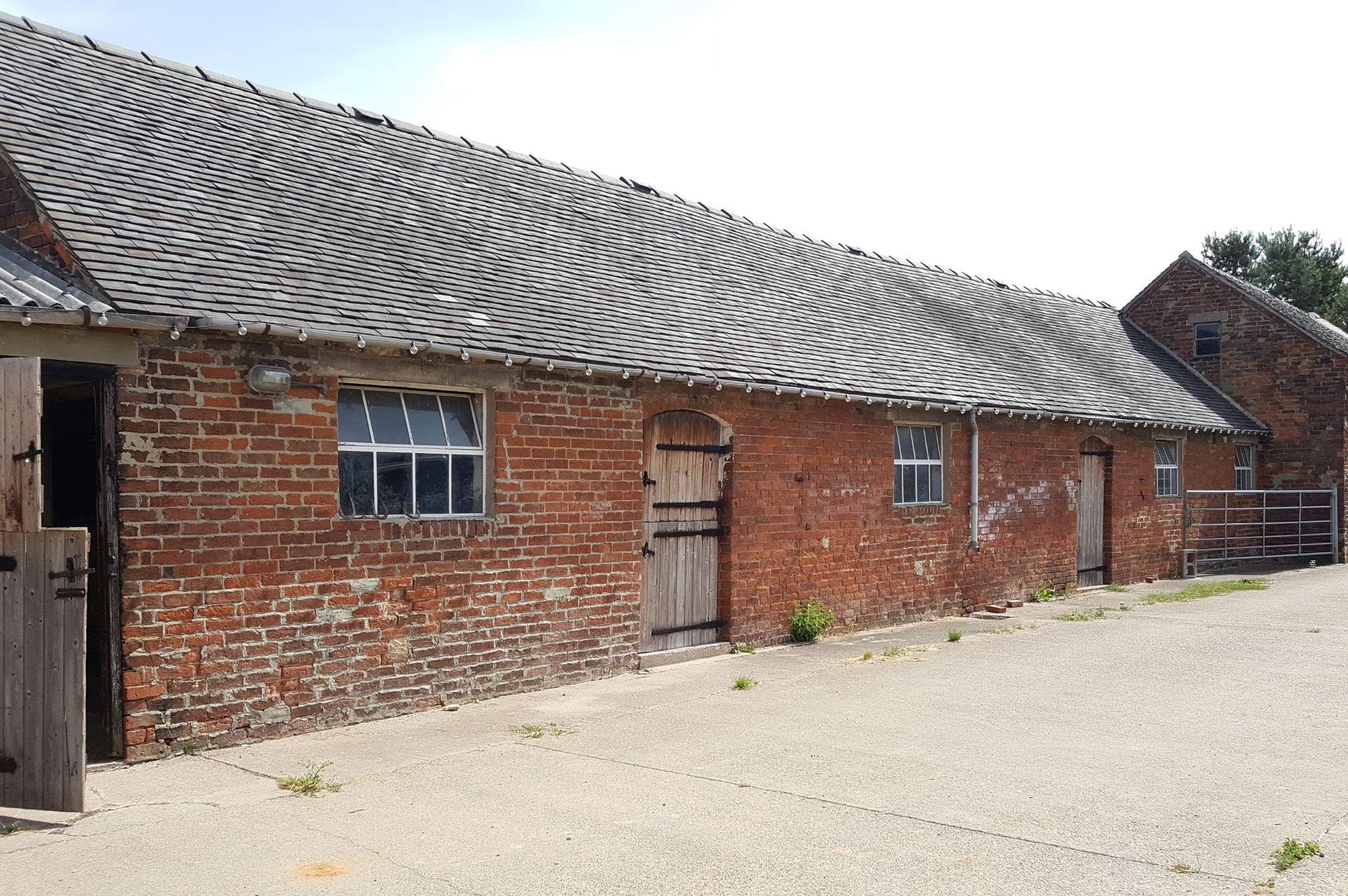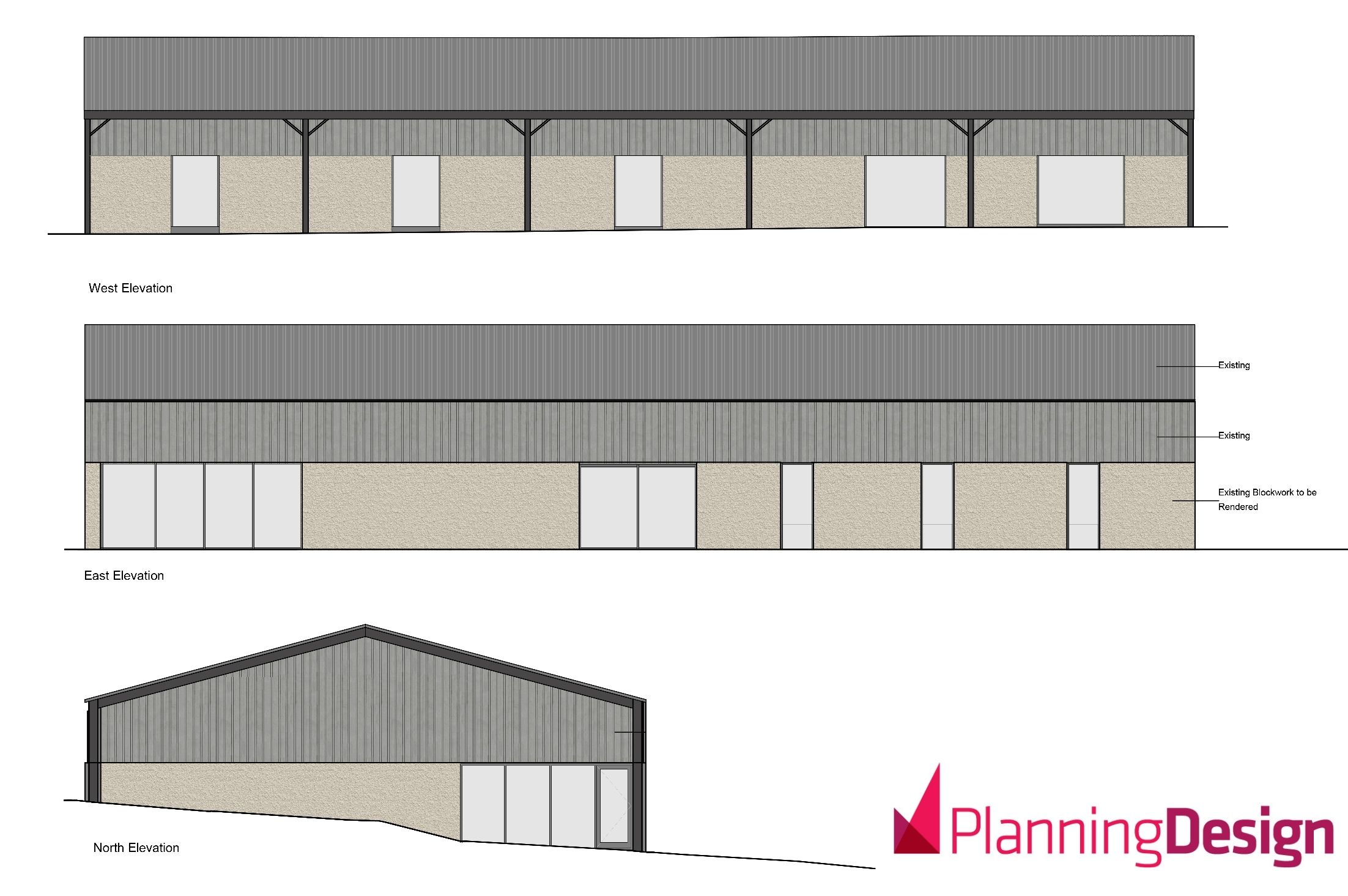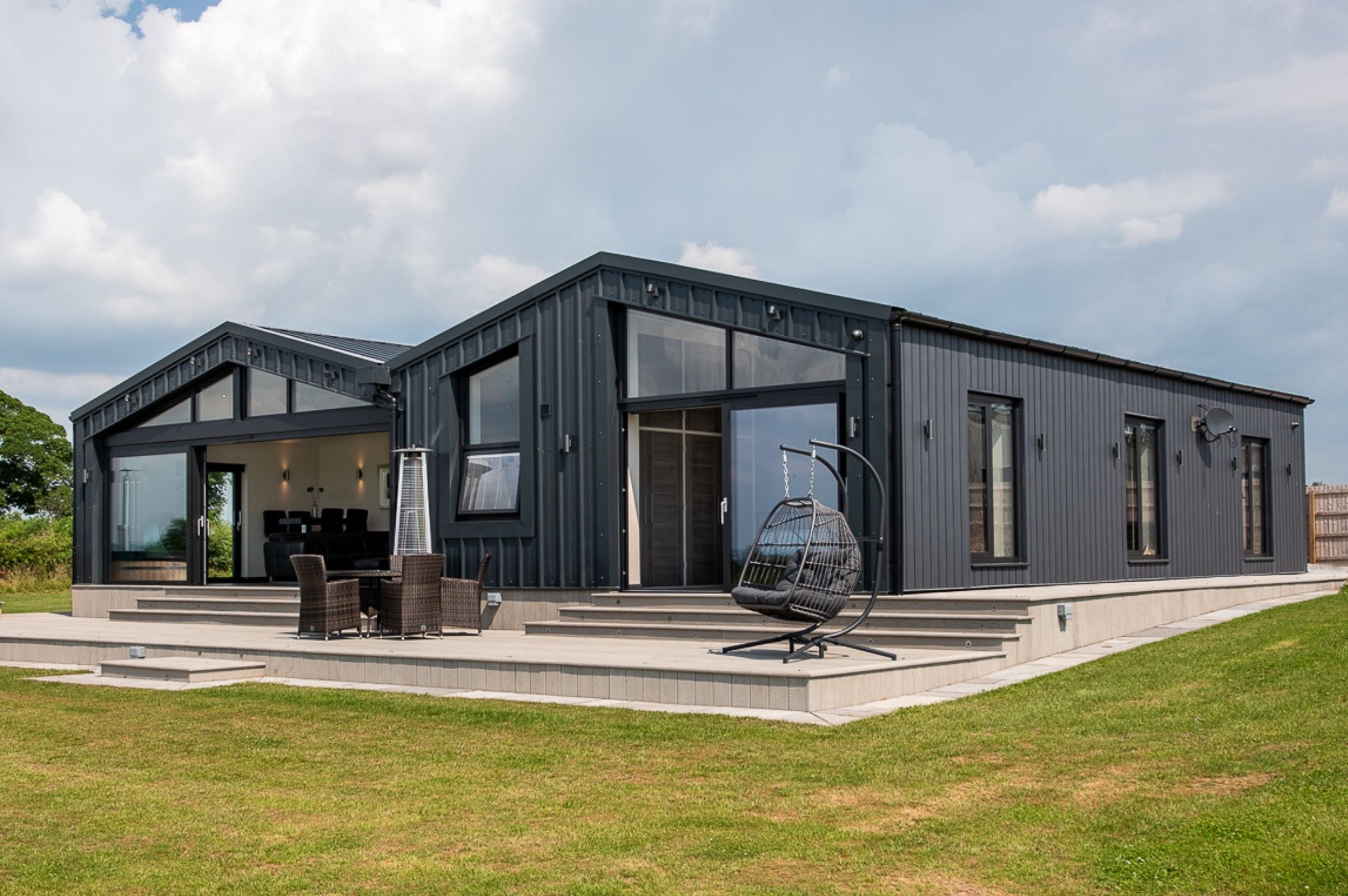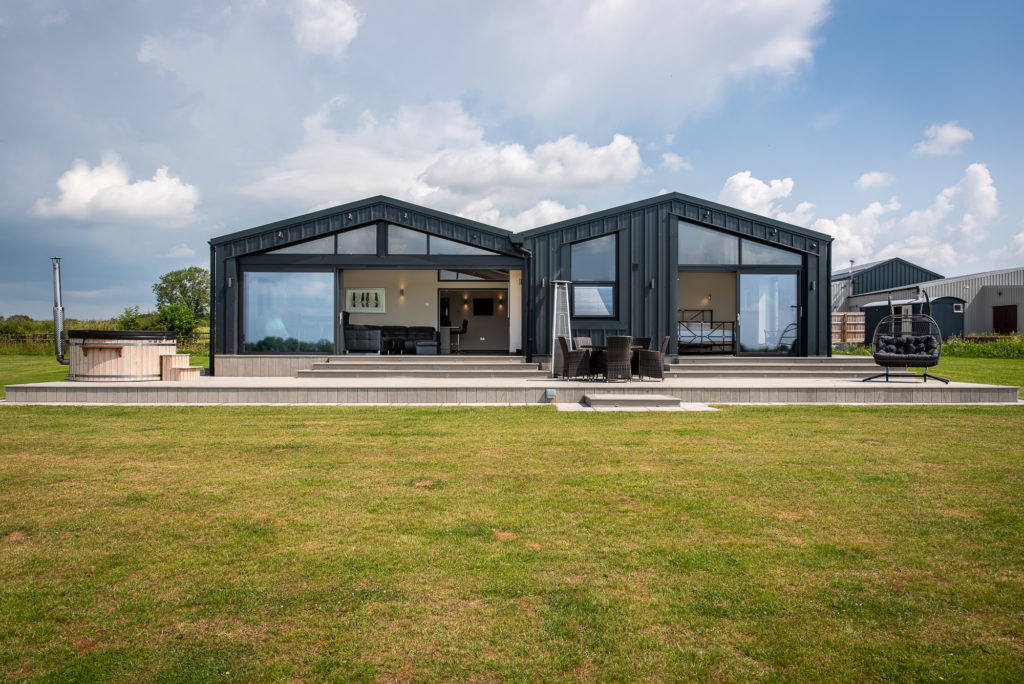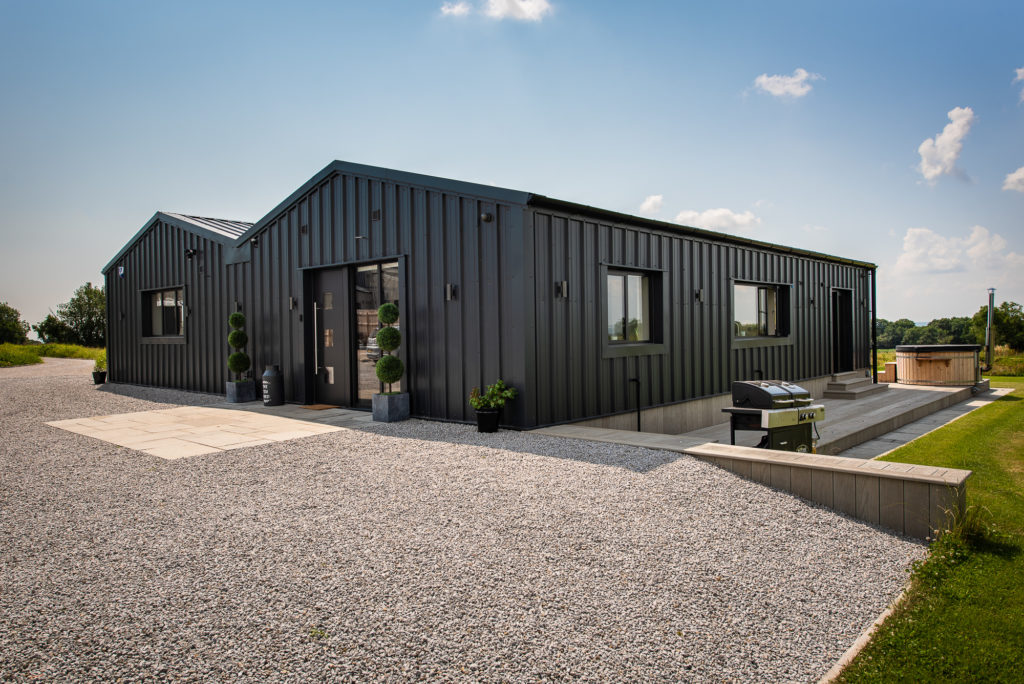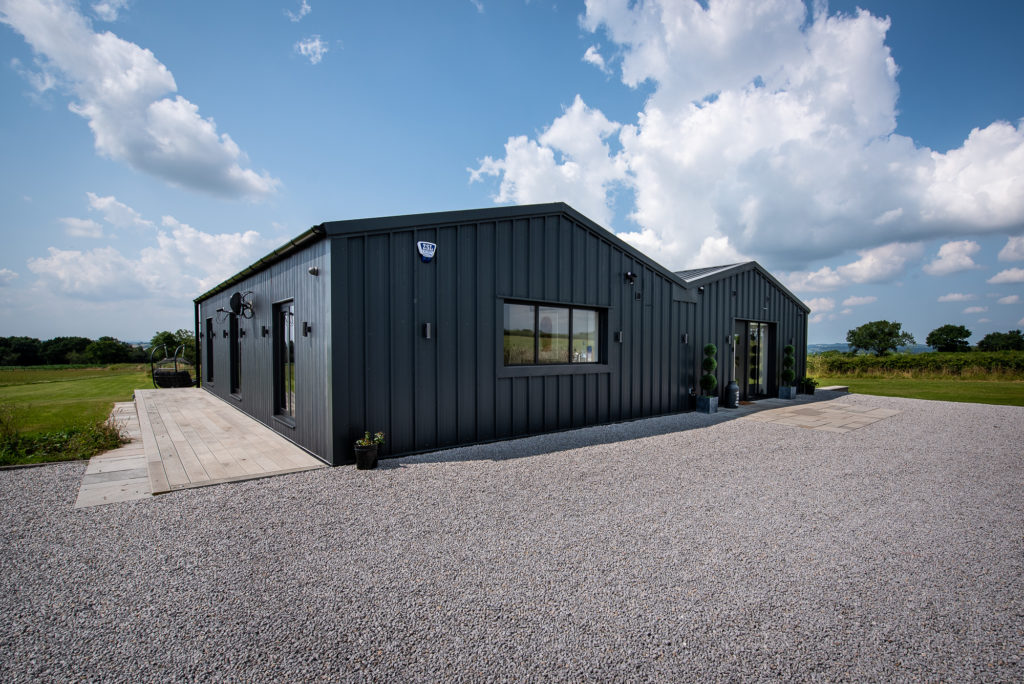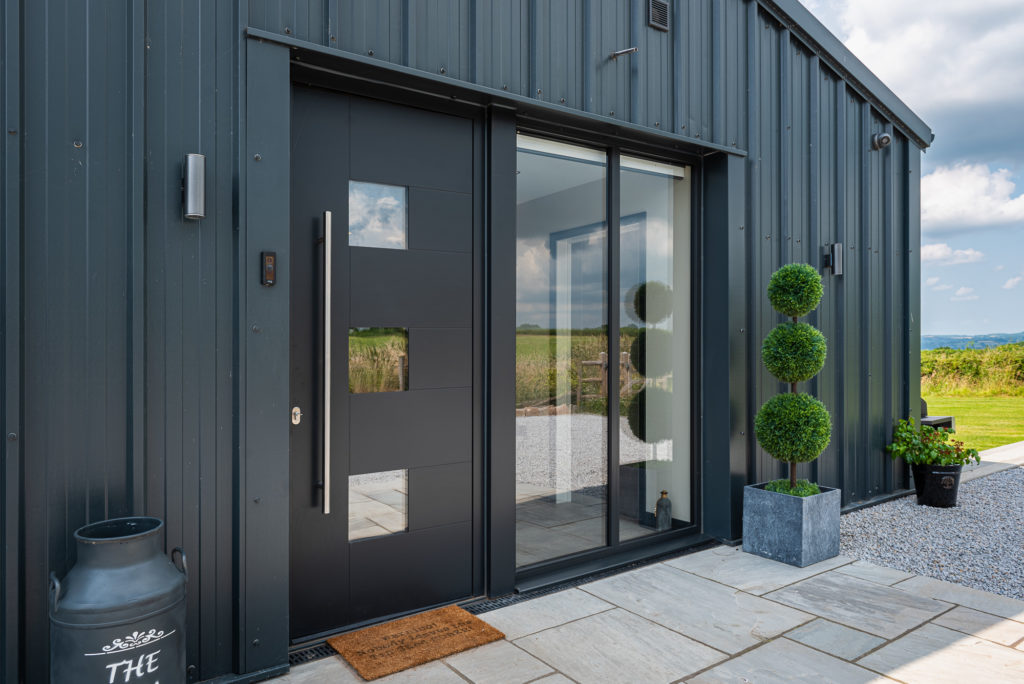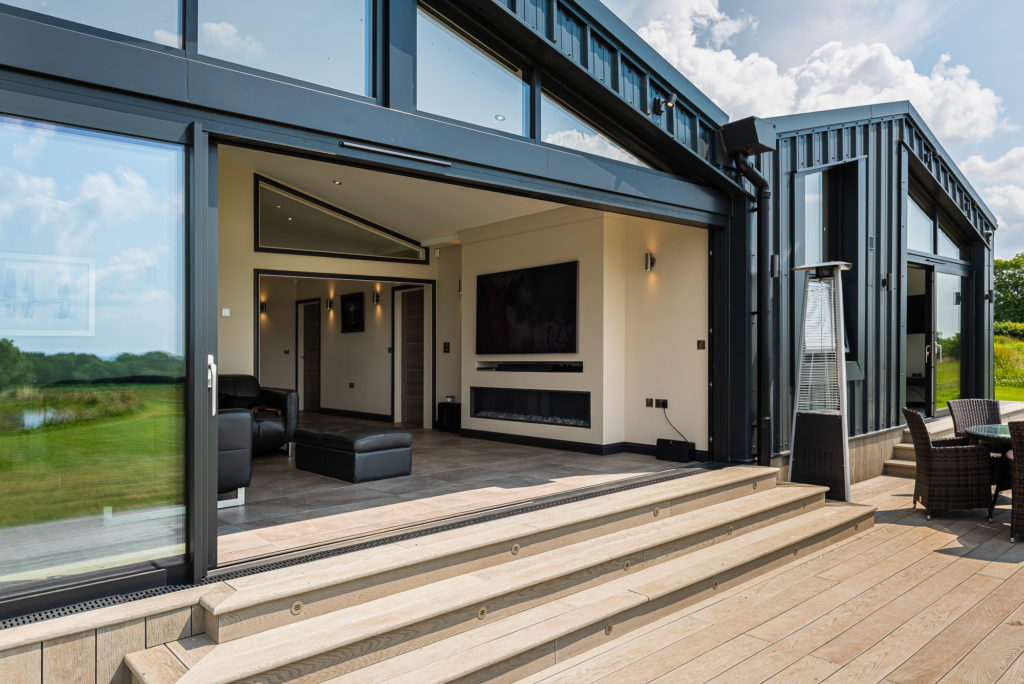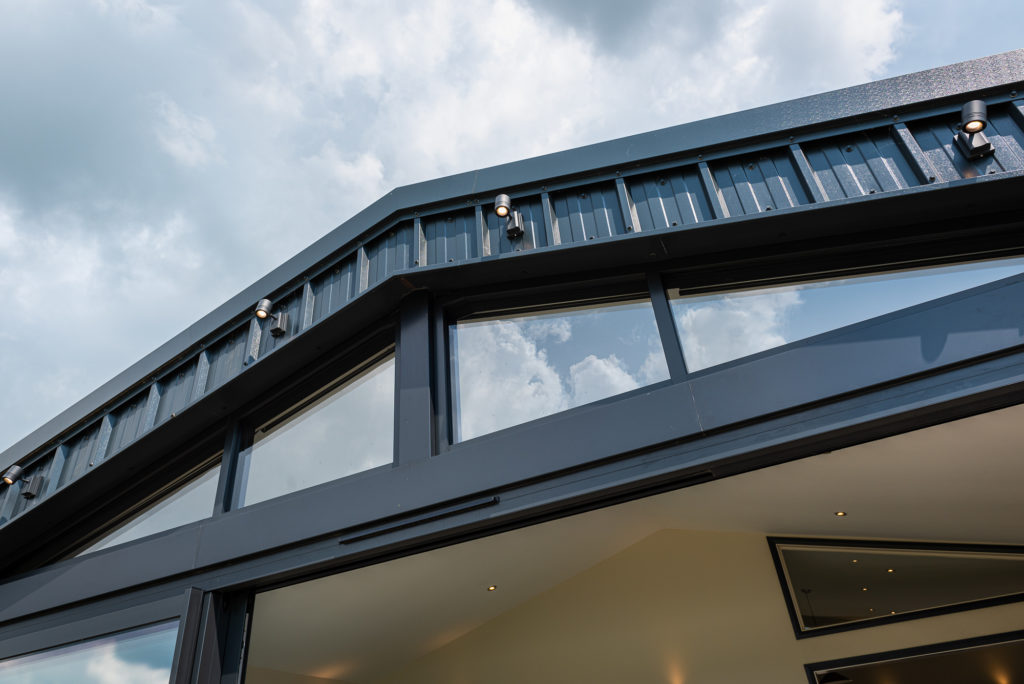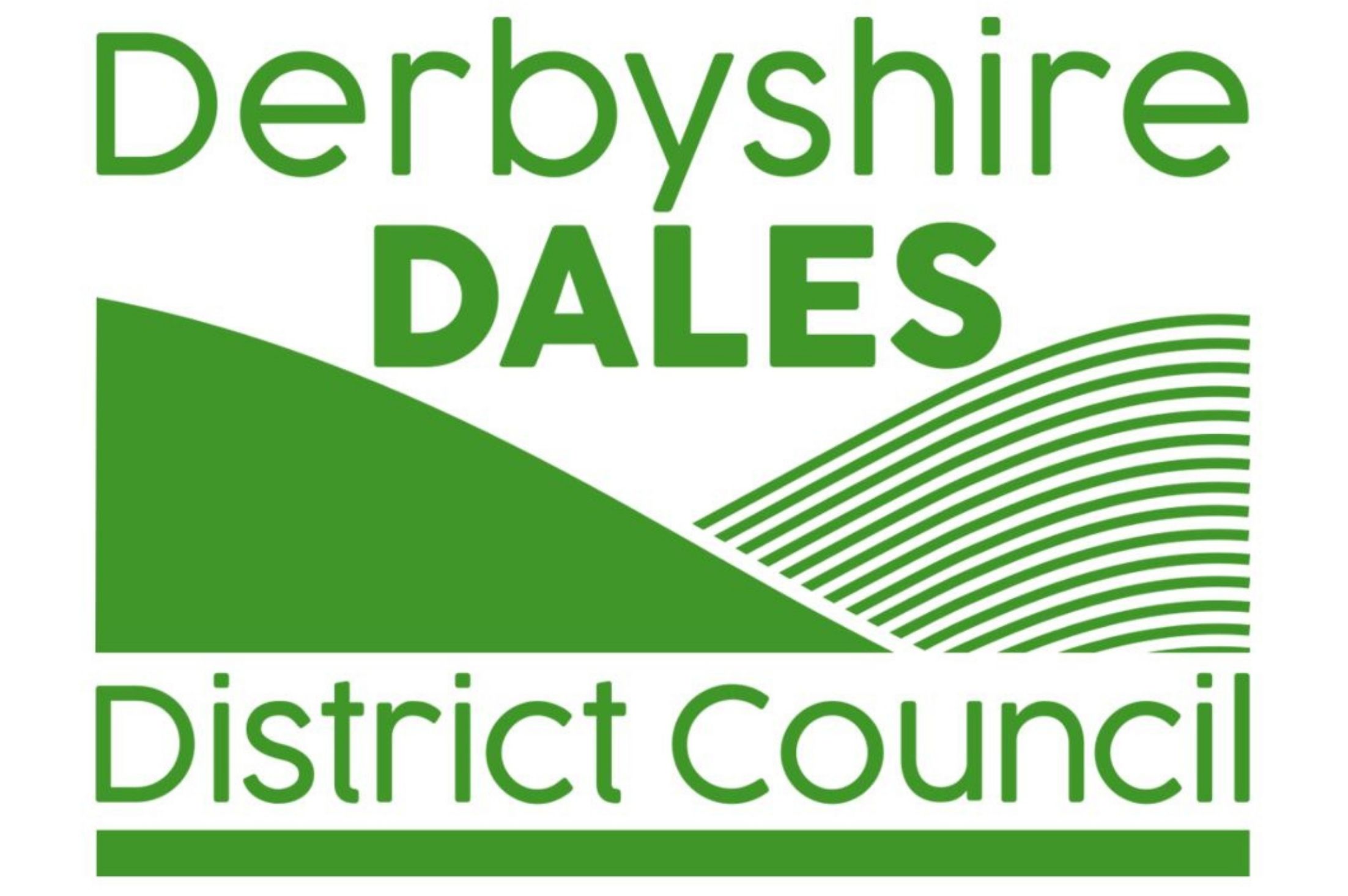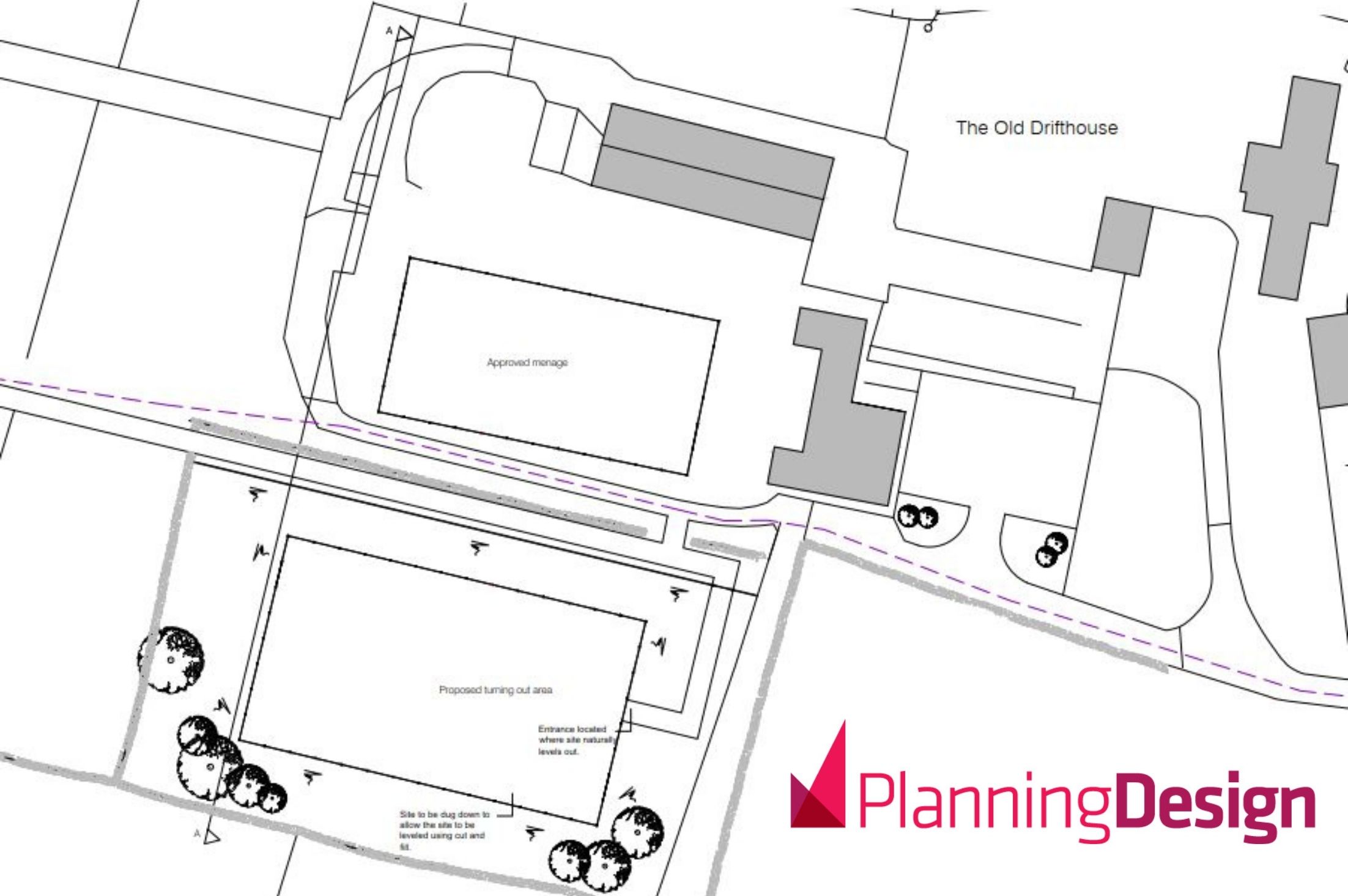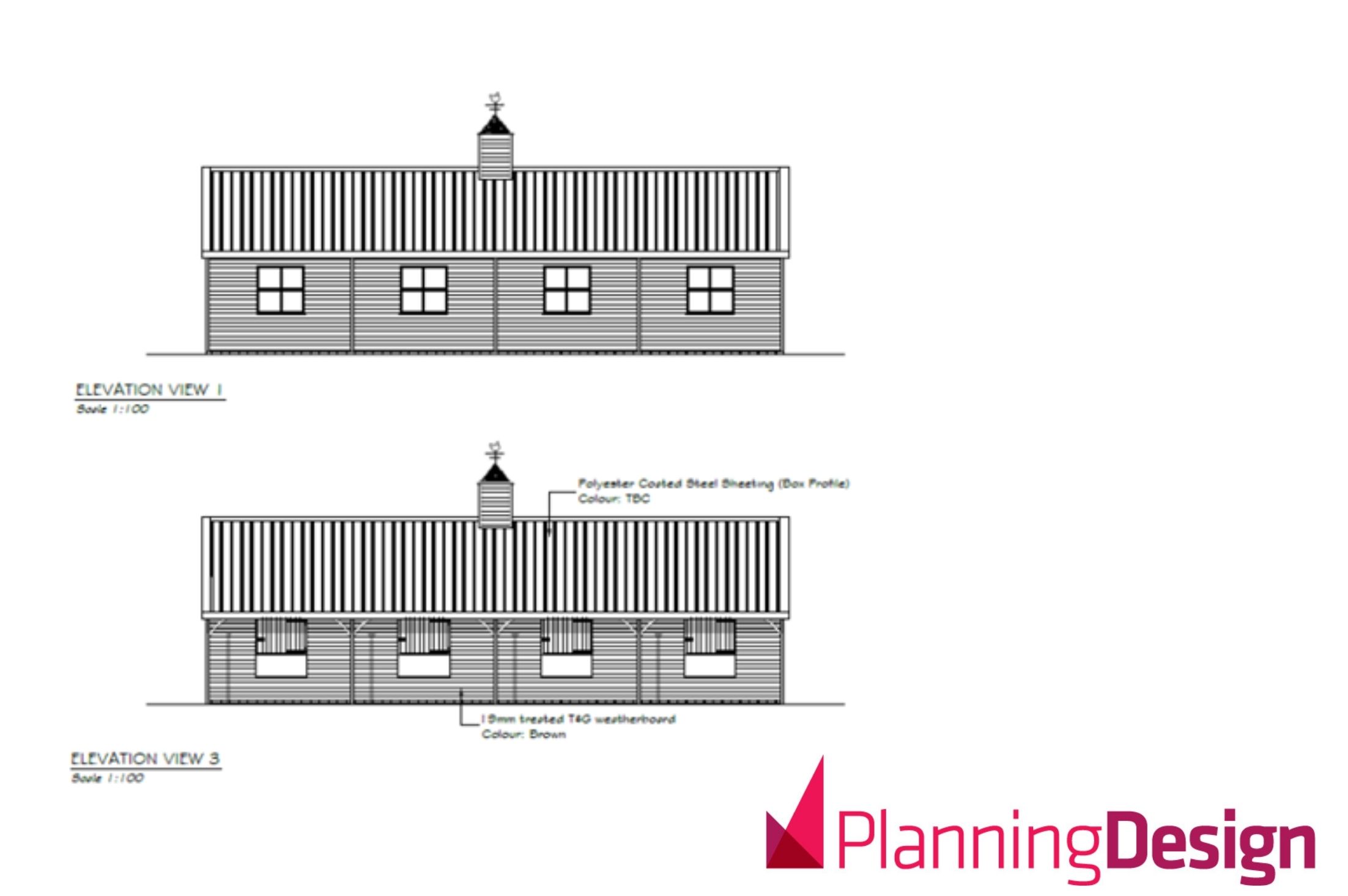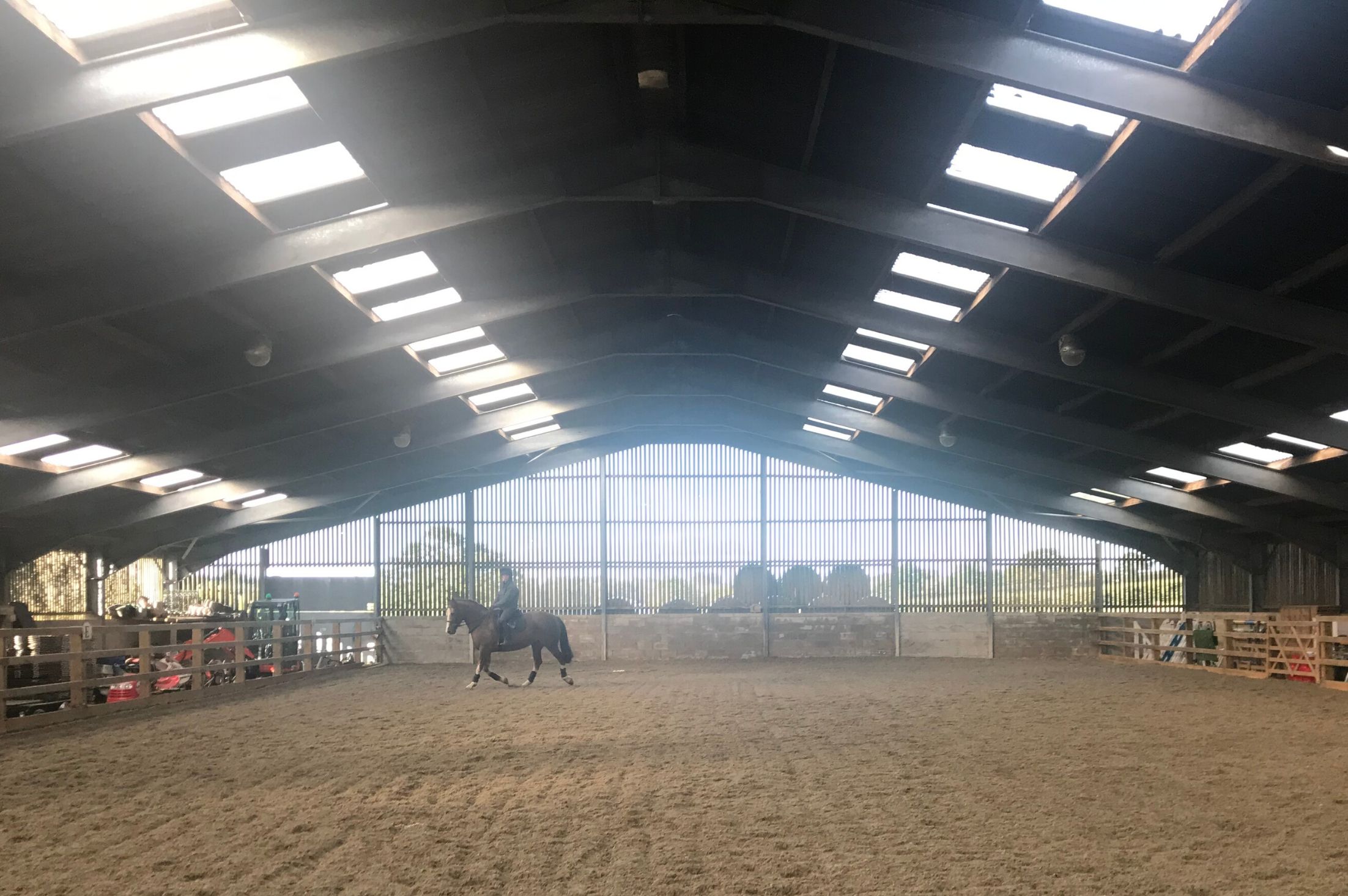Planning & Design Practice is pleased to announce that planning permission has recently been secured for the conversion of a traditional barn range to form two holiday lets (application ref: 21/01506/FUL) within the open countryside at Woodhay Farm, Marston Montgomery, Derbyshire – providing a boost for rural tourism.
Woodhay Farm is in the process of diversification. We had obtained prior approval (application ref: 18/00291/PDC) to change the use of the central modern agricultural barn into a business unit under Class R, Part 3 of Schedule 2 of the Town and Country Planning (General Permitted Development) (England) Order 2015 (as amended). This consent has now been implemented and includes a training, demonstration and conference area to support our client’s business, Beresfords Flooring Ltd which is a precast flooring and air bag fall protection company, offering a nationwide service.
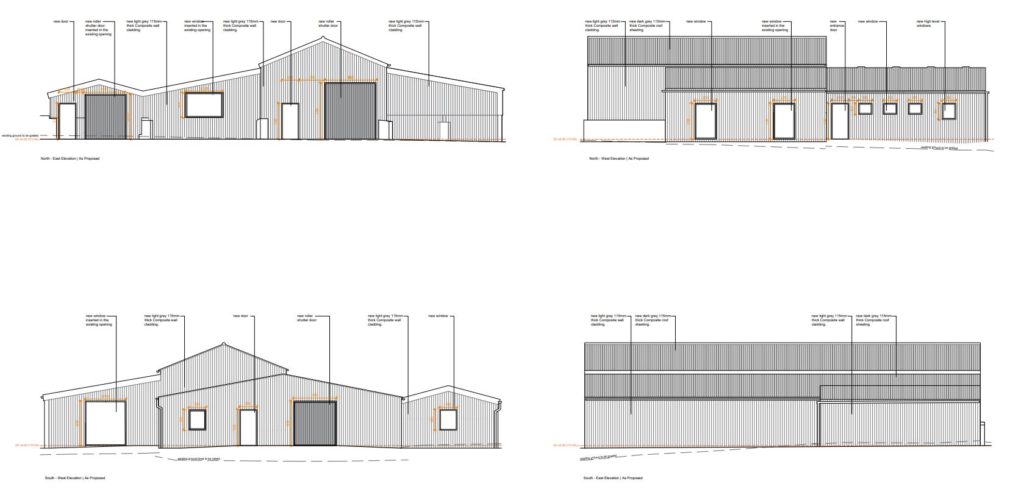
Our client also obtained prior approval under Class Q, Part 3 of Schedule 2 of the Town and Country Planning (General Permitted Development) (England) Order 2015 (as amended) for the conversion of an agricultural building to a dwelling in the western part of the site (application ref: 18/00184/PDA). This conversion project is also now complete.
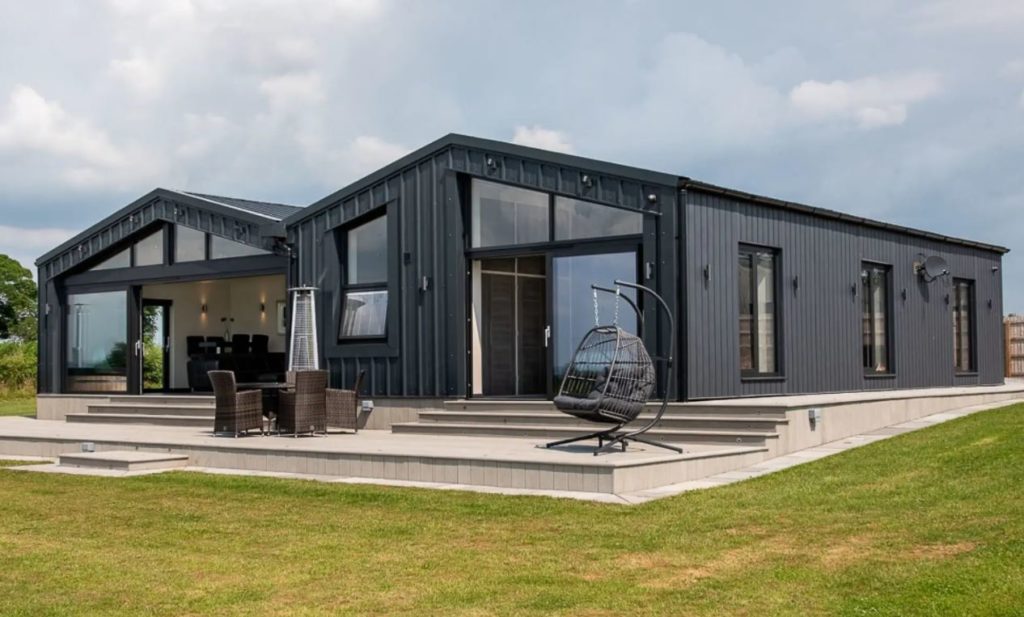
More recently Planning & Design Practice were instructed to prepare, submit and manage a full planning application for the conversion of the remaining traditional red brick barns at Woodhay Farm to form two holiday lets and the retention of secondary access track to approved barn conversion.
The National Planning Policy Framework indicates that planning policies should support sustainable rural tourism and leisure developments that benefit businesses in rural areas, communities and visitors. This can include supporting the provision and expansion of tourist facilities in appropriate locations. We worked closely with the Local Planning Authority to secure planning permission under delegated authority by Officers at Derbyshire Dales District Council.
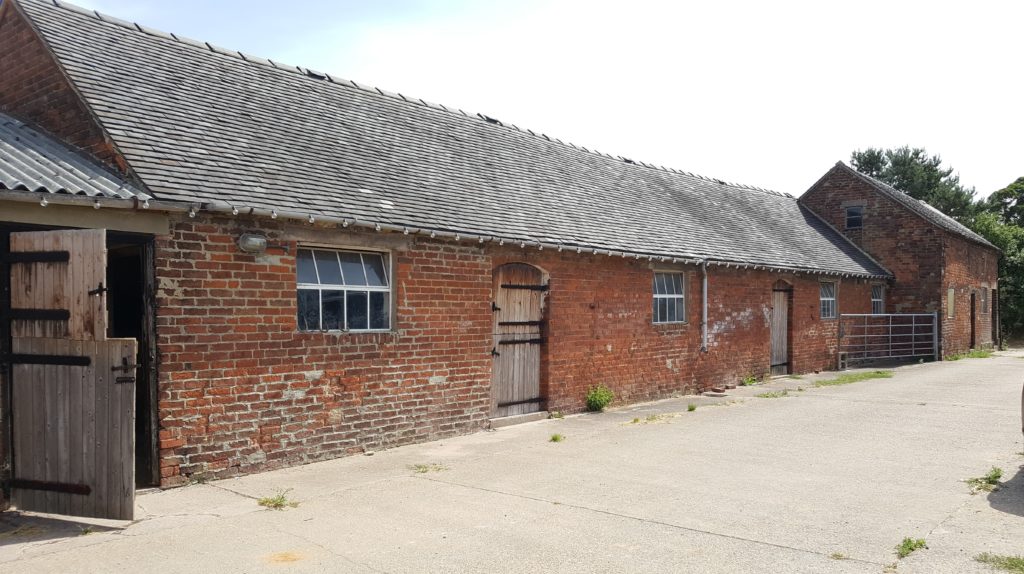
We have vast experience of working on rural projects for homeowners, landowners and farmers in rural areas including rural housing development, barn conversions (both via a planning application and Class Q), farm diversification schemes and tourist accommodation. We can provide you with expert advice on issues to be taken into account prior to submission of your application through to receiving the decision. For a free, no obligation consultation to discuss your project, please don’t hesitate to get in touch.
Andrew Stock, Principal Planner, Planning & Design Practice Ltd.
